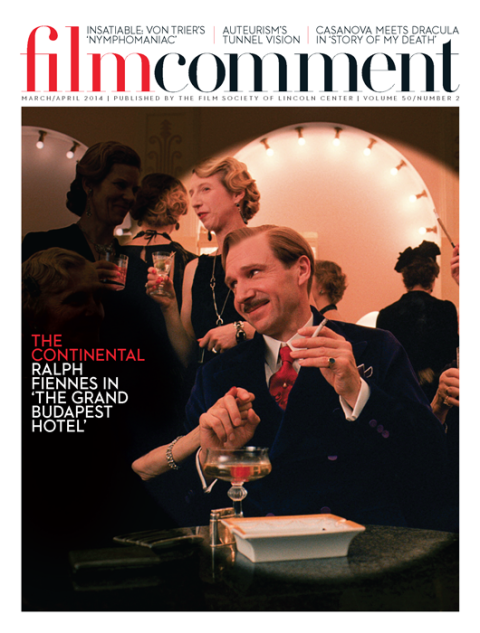
The most celebrated instance of film critics picking up cameras en masse remains the French New Wave. Why have so few followed in their footsteps? While the lion’s share of video essays floating around the Internet are artless—albeit fun—mash-ups, there are a few bright spots, one of which is the video magazine The Seventh Art.
Based in Toronto, the editorial staff produces a monthly issue of video essays and longform interviews with directors. Abridged versions of these interviews, as well as transcripts and podcasts, are available to all free of charge, while the full-length versions are available for a modest subscription of $15 a year. Reminiscent of French television’s venerable Cinéastes de notre temps, these thoughtful and expansive portraits of filmmakers aren’t always pegged to upcoming releases: in addition to discussions with João Pedro Rodrigues, Frederick Wiseman, Athina Rachel Tsangari, and Margarethe von Trotta, there’s Peter Bogdanovich revisiting The Last Picture Show and Whit Stillman on Metropolitan.
Meanwhile, the polished, well-argued video essays, which can be as long as half an hour, cover everything from Pedro Costa’s Ossos and The Godfather: Part III to the many ways in which the Rodney King tape has been deployed in cinema. Christopher Heron’s essay on urban space in The Man Who Left His Will on Film demonstrates both a well-rounded knowledge drawn from outside the humanities and a commitment to discussing films within the Hollywood and Western European canon. In short, it’s about as far from listicles and recycled press releases as you can get, and much closer to realizing the Internet’s potential for fostering new forms of criticism.








